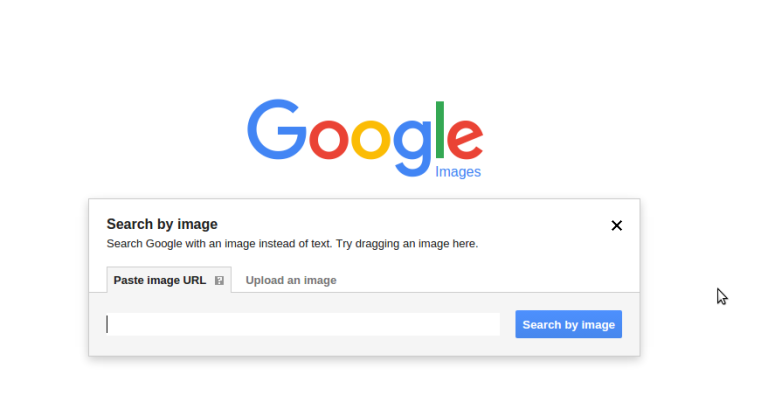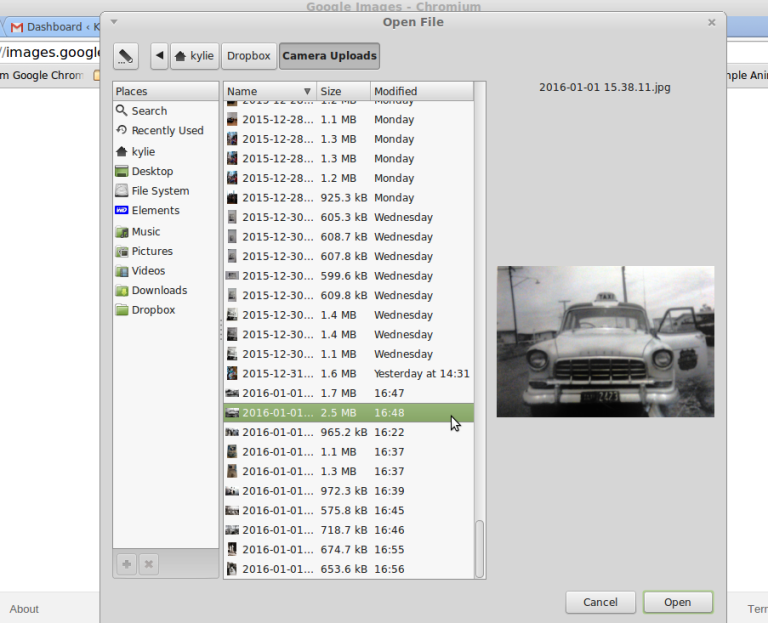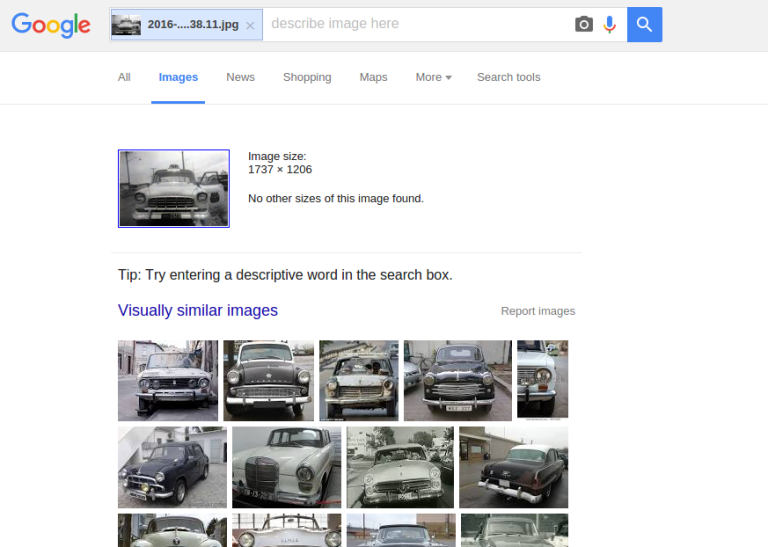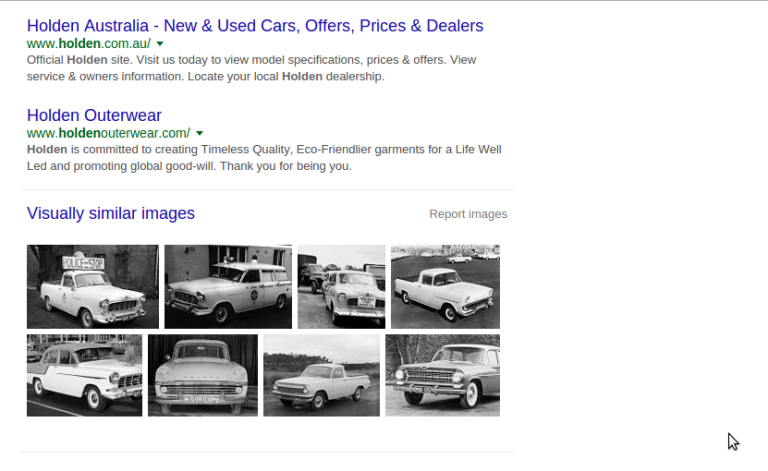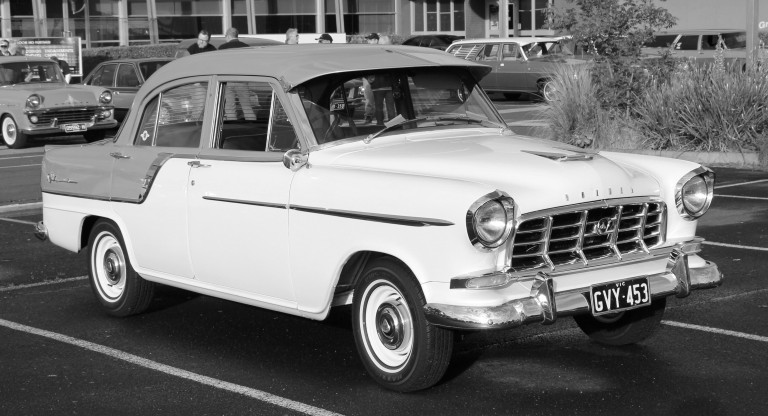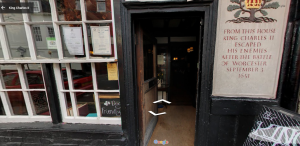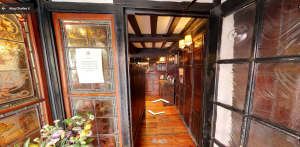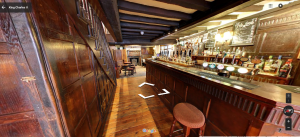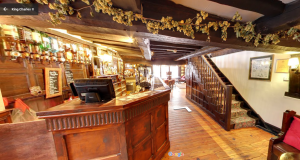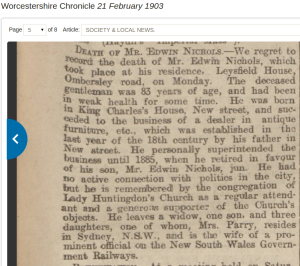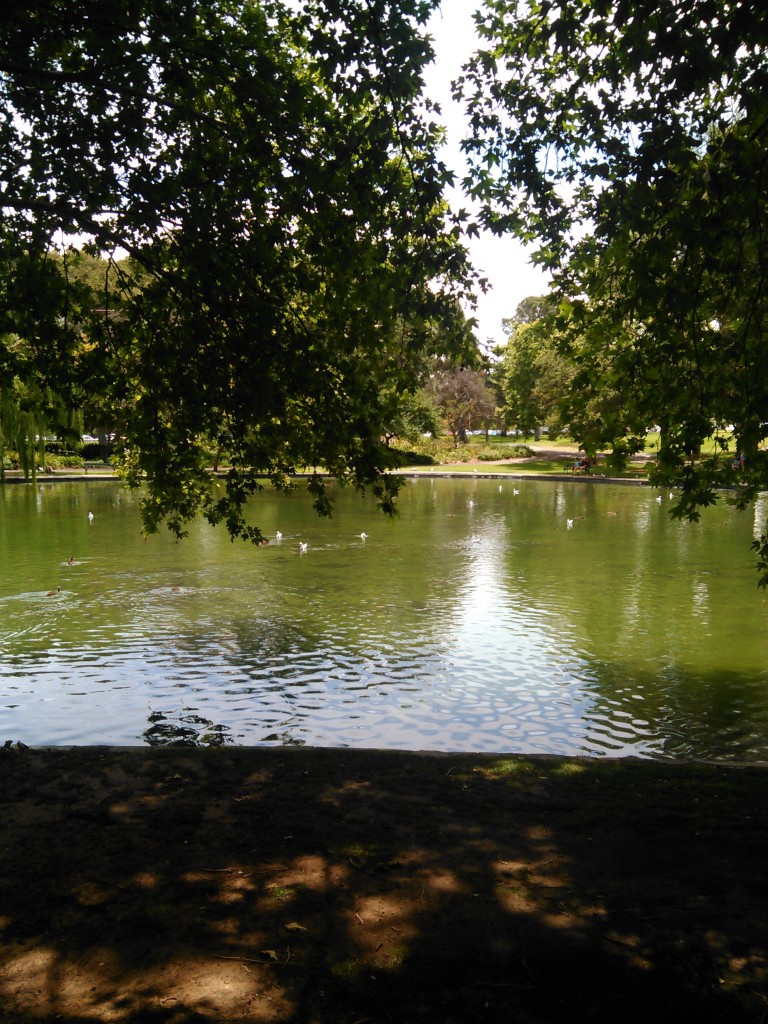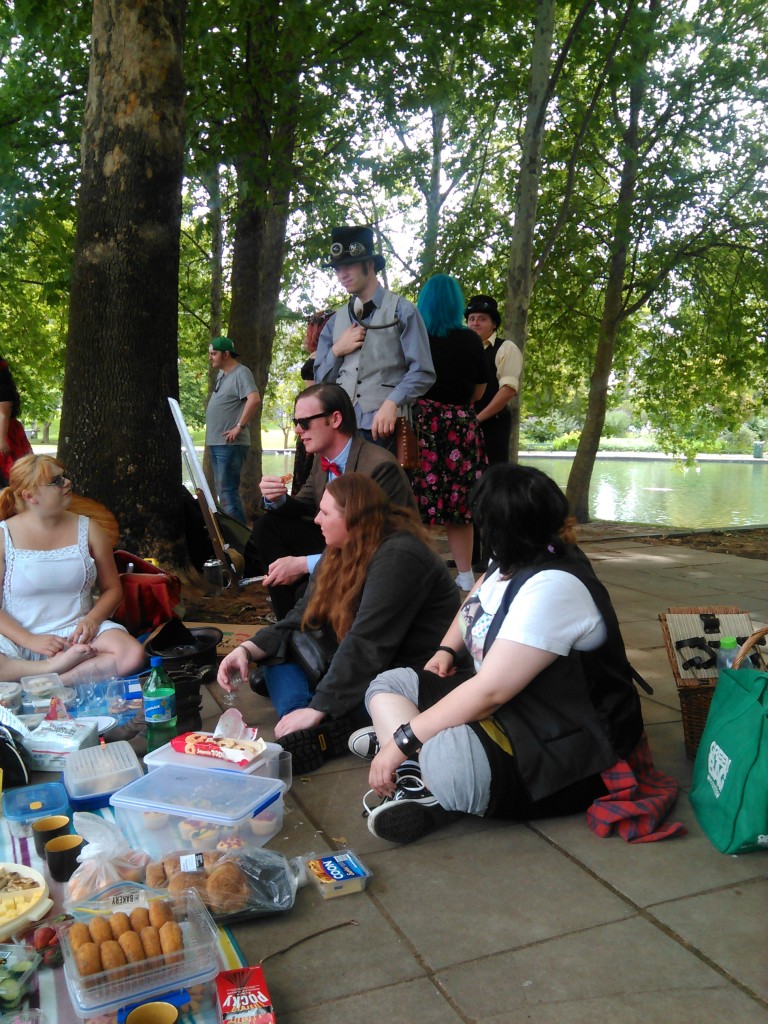 This photograph, taken from the top of the bulk-loading gantry of the wharf, shows the last-minute preparations that are being made prior to the commencement of the “big pour” on Monday.
This photograph, taken from the top of the bulk-loading gantry of the wharf, shows the last-minute preparations that are being made prior to the commencement of the “big pour” on Monday.
This week I’ve been trying to find out the history of the Port Pirie, South Australia grain silos. I found the above newspaper cutting in with my Dad’s photos and it was Mum who identified where it was and what was happening. Dad was a builders’ labourer, a brickie and also did concreting and other building work and he was part of building these silos. From what I have been able to gather the main part of the work took place between 1957 and 1962. I haven’t been able to find much online about it at all. At first I thought this was rather unusual however then I thought it may be too recent to be considered “history” or it simply hasn’t been added to any South Australian industrial heritage websites yet.
“Country silos spread outwards along the railways from Ardrossan; the first local silo in the State was built at Paskeville and opened in January 1956. Bute followed a few months later. They took two forms: horizontal silos were built at Balaklava, Snowtown, Blyth, Hoyleton and Brinkworth, and vertical concrete elevators at Nantawarra, Redhill and Gulnare; the tall white cylinders were towering landmarks that could be seen from every farm in the Hundred and beyond. This first generation of silos all fed the Ardrossan terminal. With the construction of bulk handling terminals at Wallaroo in 1956 and Port Pirie in 1957, the way was open for silos throughout the region.”1
 “Port Pirie1” by Fairv8 – Own work. Licensed under CC BY-SA 3.0 via Commons – https://commons.wikimedia.org/wiki/File:Port_Pirie1.JPG#/media/File:Port_Pirie1.JPG
“Port Pirie1” by Fairv8 – Own work. Licensed under CC BY-SA 3.0 via Commons – https://commons.wikimedia.org/wiki/File:Port_Pirie1.JPG#/media/File:Port_Pirie1.JPG
The town’s lead smelter certainly takes the spotlight as it is the world’s largest. It also produces refined silver, zinc, copper and gold.2




